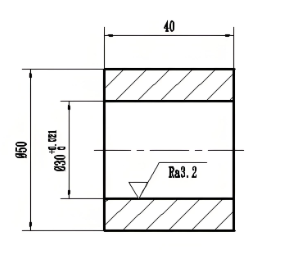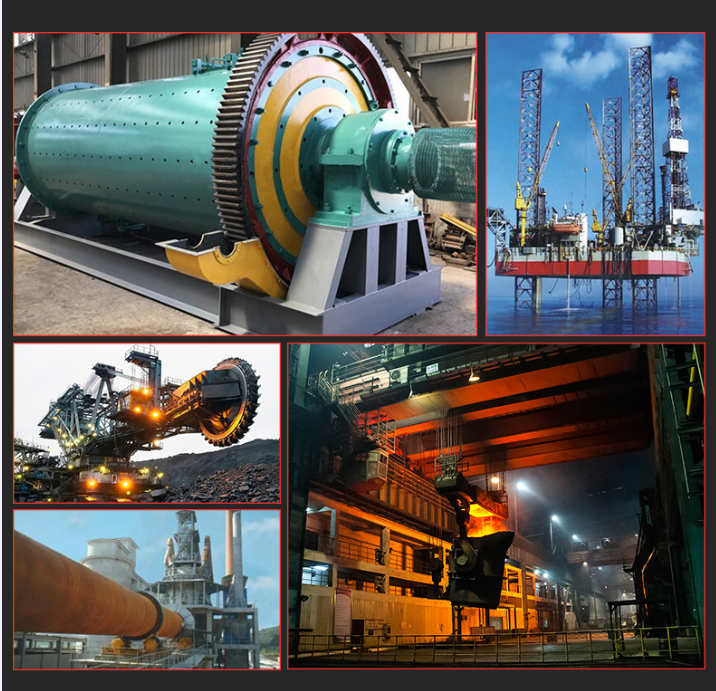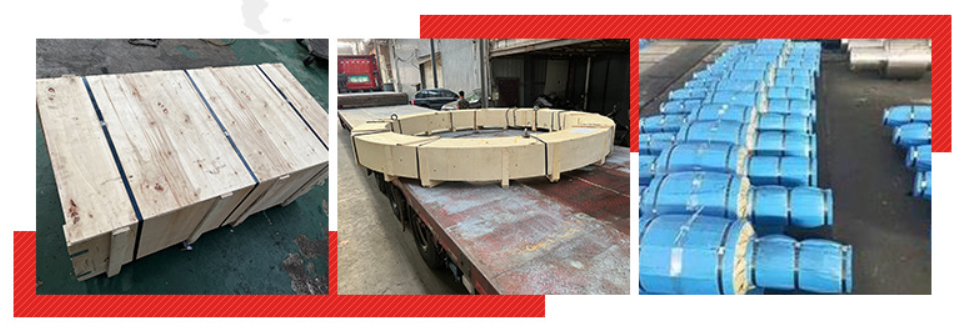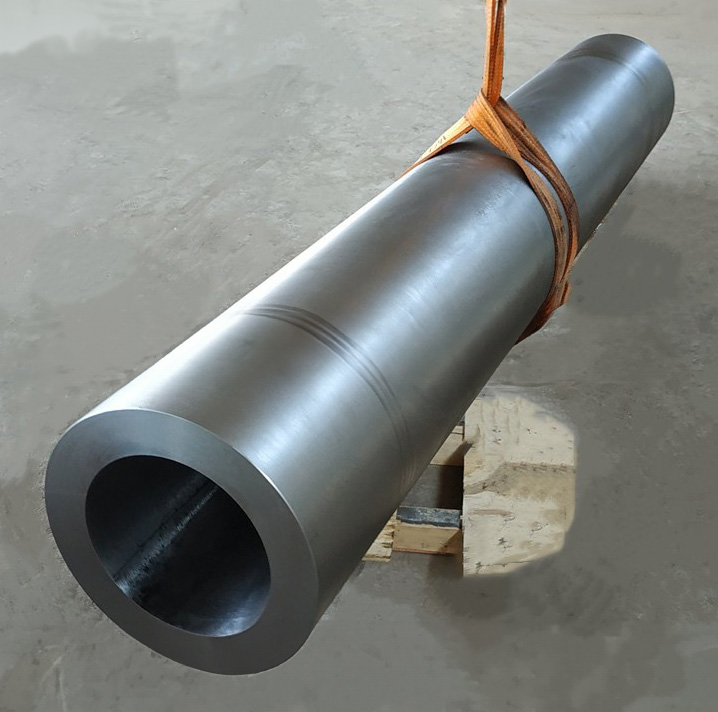Forged medium-pressure transition flanges
Forged medium-pressure transition flanges
1. Definition
Forged medium-pressure transition flanges are critical components used to connect pipes, fittings, and equipment in piping systems. They facilitate the transition between different pipe sizes or pressure ratings and ensure a secure and leak-proof connection.
2. Materials
These flanges are typically made from:
Carbon Steel: Commonly used for its strength, ductility, and cost-effectiveness.
Alloy Steel: Such as 4130 or 4140, which provide enhanced strength and toughness for high-pressure applications.
Stainless Steel: For environments requiring corrosion resistance, including grades like AISI 304 and 316.
3. Manufacturing Process
Forging: The raw material is heated and shaped under high pressure to create the flange. This process enhances mechanical properties and refines the grain structure.
Machining: After forging, the flanges undergo precision machining to achieve the required dimensions, bolt holes, and surface finishes.
Heat Treatment: Processes like quenching and tempering may be applied to improve hardness and overall performance.
4. Applications
Forged medium-pressure transition flanges are commonly used in:
Piping Systems: In oil and gas, water supply, and chemical processing industries for connecting pipes of different sizes or pressure ratings.
HVAC Systems: For connecting ductwork and ensuring proper airflow.
Industrial Equipment: In systems where secure and reliable connections are crucial.
5. Advantages
High Strength: Forged flanges can withstand significant loads and pressures, making them suitable for demanding applications.
Improved Integrity: The forging process results in fewer defects and a more uniform structure compared to cast flanges.
Corrosion Resistance: When made from stainless steel, they offer excellent protection against rust and environmental degradation.
Versatility: Can be customized for specific dimensions and performance requirements, ensuring compatibility with various systems.
Data Needed for Quotation
1) Your own drawing
2) Your requirement on material and necessary dimensional data
3) Ask for recommend

Processing Materials
| Case Hardened Comparison Table | |||||||
| GB | ГOCT | EN | DIN | W.N. | JIS | AISI/SAE | |
| 15CrMn | 16MnCr5 | 16MnCr5 | 1.7131 | 5115 | |||
| 20CrMn | 20MnCr5 | 20MnCr5 | 1.7147 | 5120 | |||
| 12CrMo | 12XM | 13CrMo44 | 1.7335 | 4119 | |||
| 15CrMo | 15XM | 15CrMo5 | 1.7262 | SCM415 | |||
| 20CrMo | 20XM | 20CrMo5 | 1.7264 | SCM420 | 4118 | ||
| 25CrMo | 30XM | 25CrMo4 | 1.7218 | ||||
| 30CrMo | SCM430 | 4130 | |||||
| 35CrMo | 35XM | 34CrMo4 | 1.722 | SCM435 | 4135 | ||
| 42CrMo | EN19 | 42CrMo4 | 1.7225 | SCM440 | 4140 | ||
| 50CrMo4 | 1.7228 | ||||||
| 40Cr | 40X | 41Cr4 | |||||
| 38XC | |||||||
| 25Cr2MoV | 25X2M1Φ | 24CrMoV55 | 1.7733 | ||||
| 50CrVA | 50CrV4 | 1.8159 | SUP10 | ||||
| 31CrMoV9 | 1.8519 | ||||||
| GCr15 | 100Cr6 | 100Cr6 | 1.3505 | 52100 | |||
| 20CrNiMo | 20XHM | 20NiCrMo2-2 | 21NiCrMo2 | 1.6523 | SNCM220 | 8620 | |
| 20XH3A | |||||||
| 20X2H4A | |||||||
| 17CrNiMo6 | 1.6587 | ||||||
| 18CrNiMo7-6 | 1.6587 | ||||||
| 34CrNiMo6 | 1.6582 | VCN150 | |||||
| 34NiCrMo16 | 35NiCrMo16 | 1.2766 | |||||
| 30CrNiMo8 | 1.658 | VCN200 | |||||
| 39NiCrMo3 | 1.651 | ||||||
| 34CrAlNi7 | 1.855 | ||||||
| 38CrMoAl | 38X2MОA | 41CrAlMo7 | 1.8509 | ||||
| 40CrNiMo | EN24 | 40NiCrMo8-4 | 1.6562 | SNCM439 | 4340 | ||
| 40CrNi | 40XH | 40NiCr6 | 1.5711 | ||||
| 20CrMnMo | 18XTM | SCM421 | |||||
| 40CrMnMo | 40XTM | SCM440 | |||||
| 30XTCA | |||||||
| 38XTH | |||||||
| 40XH2MA | |||||||
| 40X2H2MA | |||||||
| 38XH3MA | |||||||
| 38XH3MΦA | |||||||
Processing technology:

Application areas:
Automotive transmissions, medical equipment, metallurgical machinery, lifting equipment, ore equipment, power equipment, light industry equipment, etc

Packaging :




_1733312730.jpg)